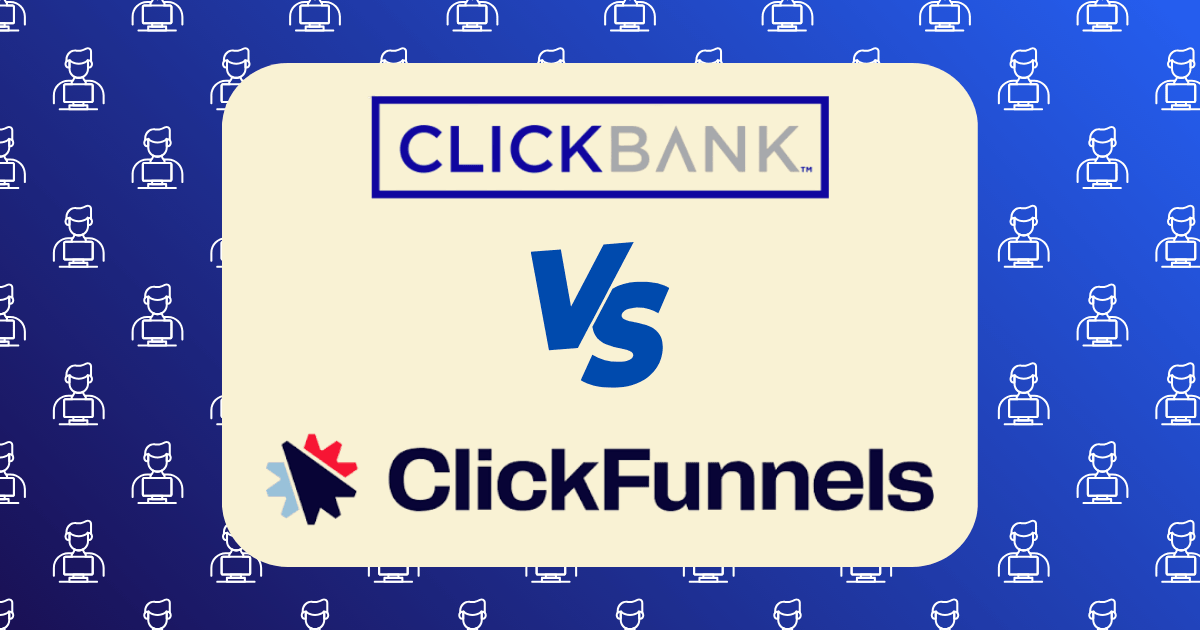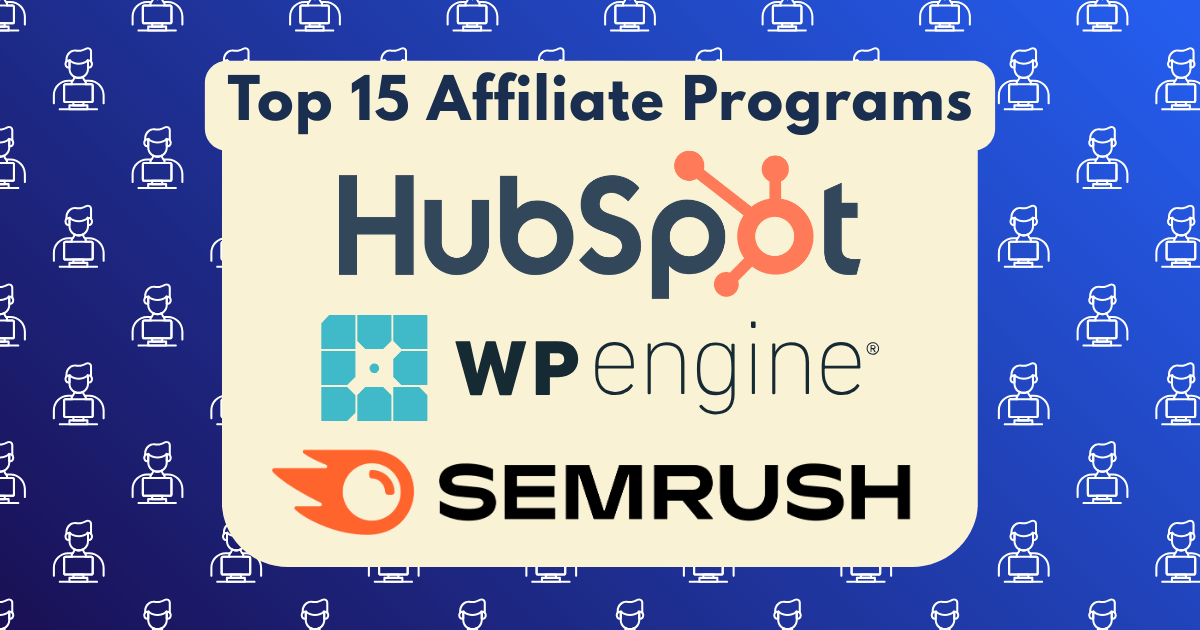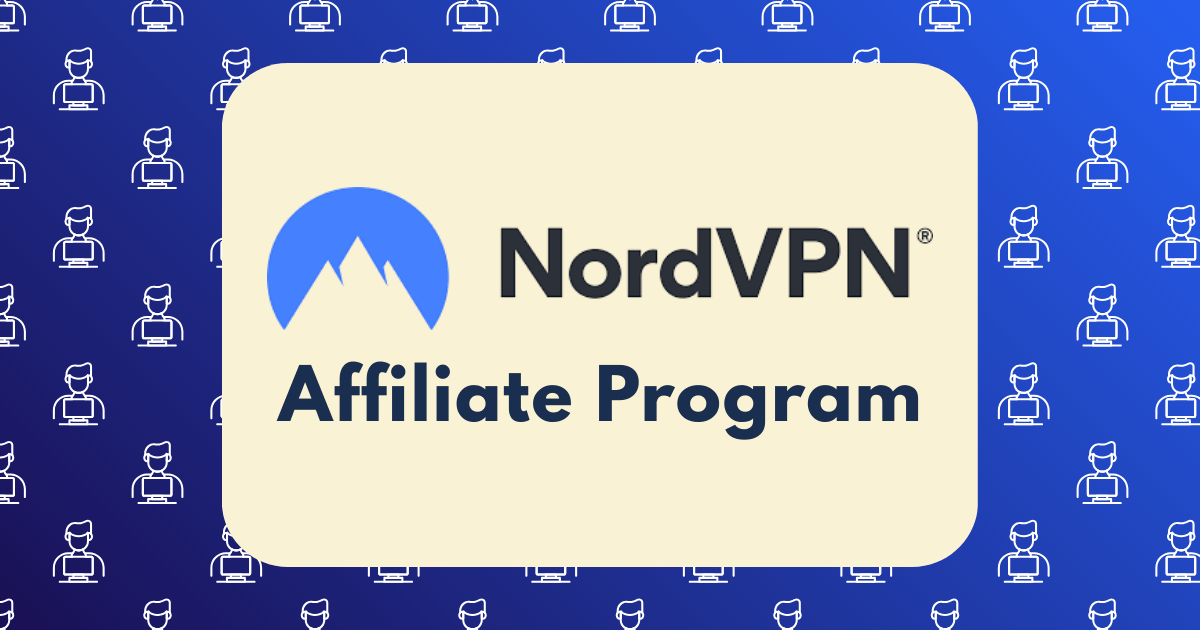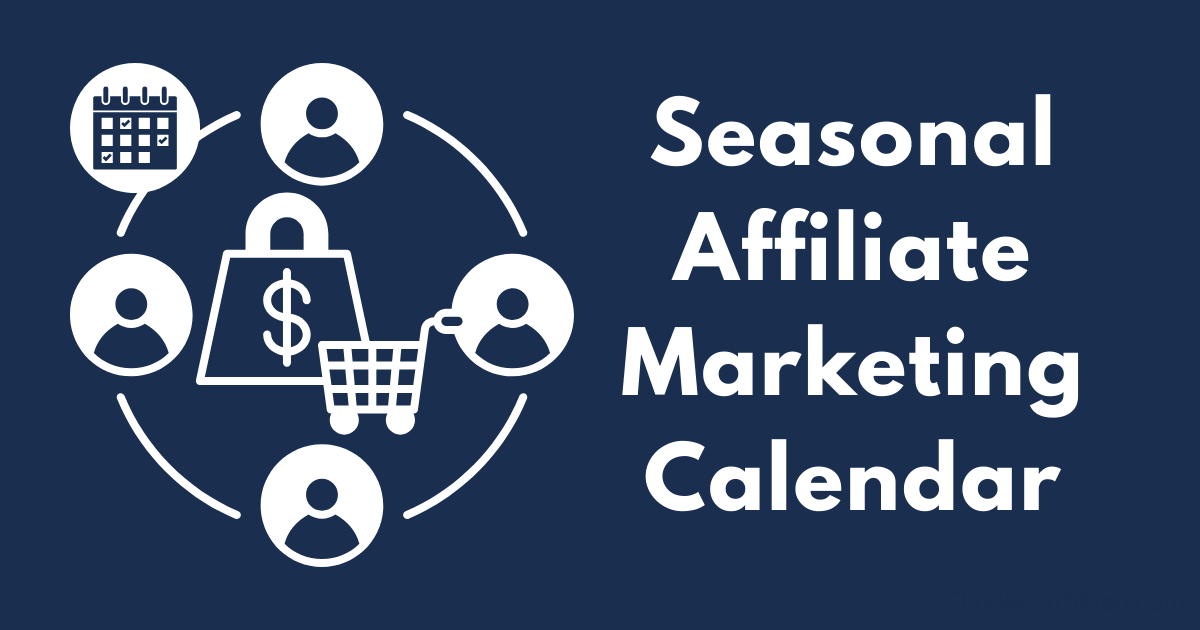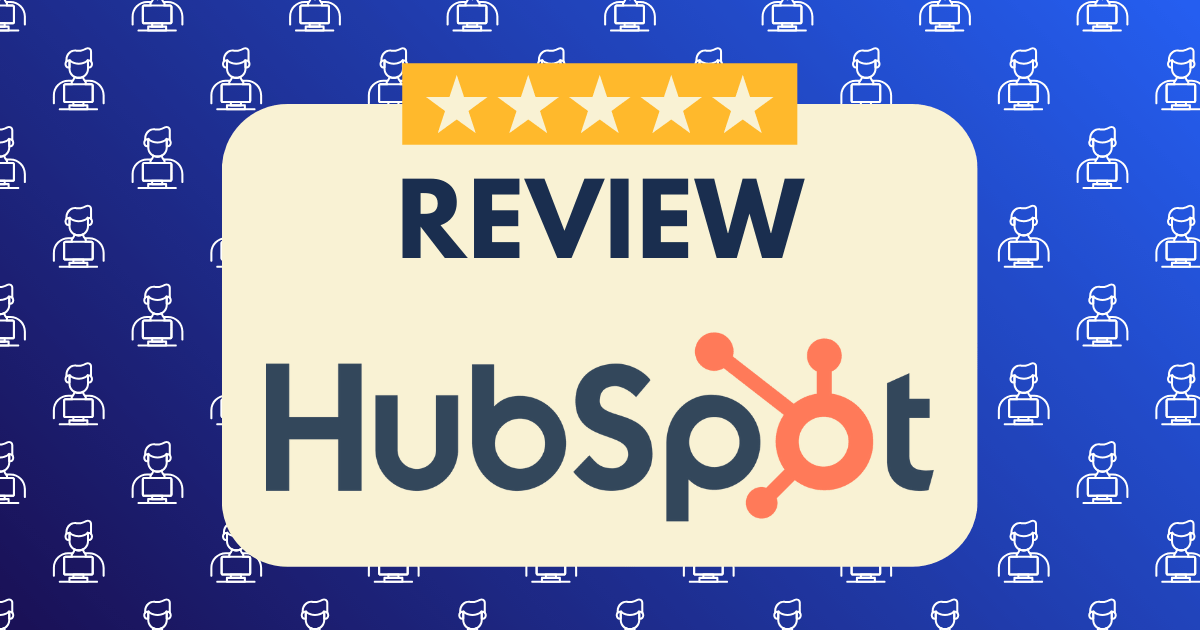Attribution Models Explained: How to Track Your Affiliate Sales Accurately
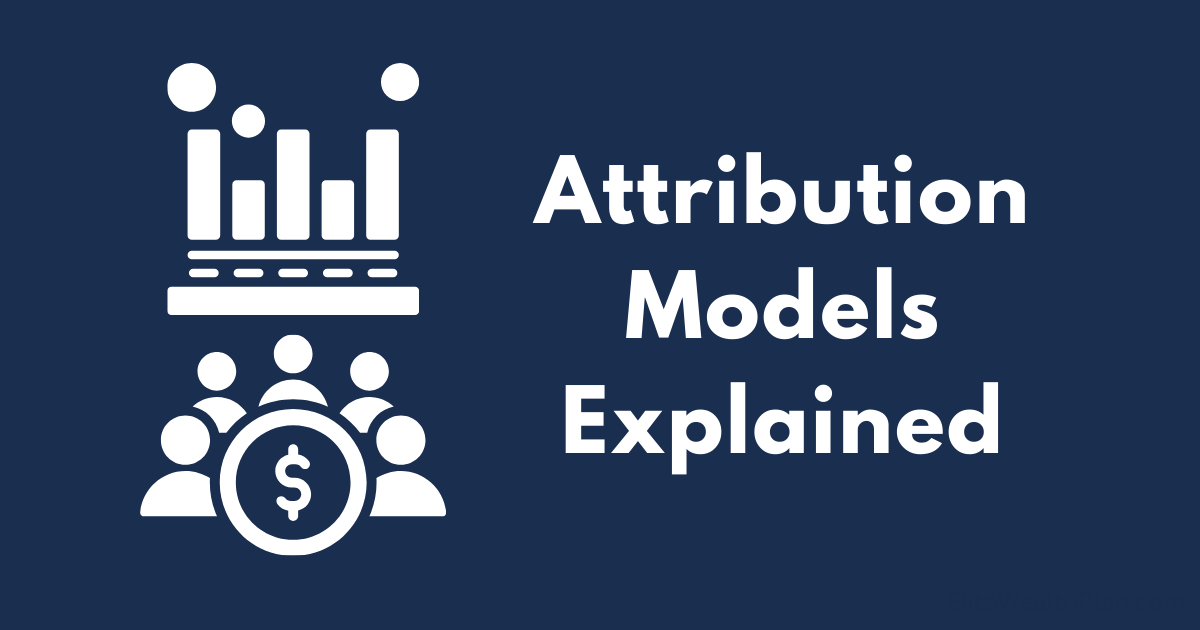
“I’m getting tons of traffic, but I have no idea which affiliates are actually driving sales.”
“My analytics show three different affiliates touched this sale—who deserves the commission?”
“I’m pretty sure I’m paying commissions to the wrong partners.”
If any of these thoughts have crossed your mind, you’re facing an attribution challenge. And you’re not alone.
After managing affiliate programs worth over $2 million annually, I’ve learned that accurate attribution isn’t just a technical detail—it’s the difference between a thriving affiliate program and one that slowly bleeds money while your best partners walk away frustrated.
In this comprehensive guide, I’ll break down the complex world of affiliate attribution models into practical, actionable insights. You’ll learn not just the theory behind different models, but exactly how to implement them to ensure your affiliates get proper credit (and compensation) for the sales they influence.
Why Attribution Models Matter: The Hidden Cost of Getting It Wrong
Before diving into specific models, let’s understand why attribution matters so much:
The Financial Impact
According to Impact.com, businesses using outdated attribution models typically misallocate 20-30% of their affiliate commissions. For a program paying $10,000 monthly in commissions, that’s up to $3,000 going to the wrong partners—or worse, to partners who didn’t meaningfully contribute to the sale.
The Partnership Impact
When high-value affiliates don’t receive credit for their contributions, they notice. Top-performing affiliates track their own conversions and will quickly spot discrepancies. Lose their trust, and you lose their promotion efforts.
The Optimization Impact
Without accurate attribution, you can’t effectively optimize your program. You might end up cutting commission rates for affiliates who are actually driving significant value, while overpaying others who are simply intercepting conversions at the last moment.
The 6 Core Attribution Models in Affiliate Marketing
Let’s examine the main attribution models used in affiliate programs, with real-world examples and implementation considerations for each.
1. Last-Click Attribution
What It Is: 100% of the commission goes to the last affiliate who referred the customer before the purchase.
Example: A customer discovers your product through Blogger A’s in-depth review, signs up for your email list, but doesn’t purchase. Two weeks later, they search for a coupon code and click through Coupon Site B before completing their purchase. Under last-click attribution, Coupon Site B receives the full commission.
Pros:
- Simple to implement and understand
- Supported by most affiliate platforms out of the box
- Clear and straightforward for affiliates
Cons:
- Heavily favors bottom-of-funnel affiliates (coupon, cashback sites)
- Undervalues content creators and influencers who introduce customers to your brand
- Can create unhealthy competition among affiliates to be the last click
When to Use It:
- When you have a simple, short sales cycle
- When you’re just starting your affiliate program
- When technical limitations prevent more sophisticated tracking
According to WeCanTrack, last-click remains the most common model, used by approximately 65% of affiliate programs despite its limitations.
2. First-Click Attribution
What It Is: 100% of the commission goes to the first affiliate who referred the customer to your site, regardless of later touchpoints.
Example: A customer discovers your product through Influencer A’s YouTube video and visits your site but doesn’t purchase. Later, they read Blogger B’s review and then click through Coupon Site C before purchasing. Under first-click attribution, Influencer A receives the full commission.
Pros:
- Rewards affiliates who create awareness
- Encourages top-of-funnel content creation
- Reduces commission poaching by coupon/cashback sites
Cons:
- Ignores the value of affiliates who help close the sale
- May pay commissions to affiliates whose influence has faded
- Can be technically challenging to implement with longer cookie durations
When to Use It:
- When brand awareness is your primary goal
- When you want to incentivize content creation
- When you have a long sales cycle but want to reward initial discovery
3. Linear Attribution
What It Is: Commission is divided equally among all affiliates who touched the customer journey.
Example: A customer interacts with three affiliates before purchasing: Blogger A, Influencer B, and Coupon Site C. With a 10% commission on a $100 sale, each affiliate would receive $3.33 under linear attribution.
Pros:
- Acknowledges all contributors to the sale
- Reduces affiliate competition and encourages collaboration
- More equitable than single-touch models
Cons:
- Doesn’t differentiate between high and low-value touchpoints
- Can result in very small commission payments when many affiliates are involved
- More complex to implement and explain to affiliates
When to Use It:
- When you have a sophisticated affiliate base that understands shared attribution
- When you want to encourage diverse promotional methods
- When you value both discovery and conversion affiliates equally
4. Time Decay Attribution
What It Is: Commission is distributed among all touchpoints, but with higher percentages going to interactions closer to the conversion.
Example: A customer journey involves three affiliates over two weeks: Blogger A (14 days before purchase), Influencer B (5 days before purchase), and Coupon Site C (day of purchase). With a 10% commission on a $100 sale, the split might be: Blogger A: $2, Influencer B: $3, Coupon Site C: $5.
Pros:
- Balances recognition of all contributors while emphasizing recent influence
- More accurately reflects the typical decision-making process
- Reduces but doesn’t eliminate commission for awareness affiliates
Cons:
- More complex to implement and explain
- Requires defining the time-based weighting formula
- May still undervalue early touchpoints in longer sales cycles
When to Use It:
- When you have a medium-length sales cycle (1-4 weeks)
- When you want to acknowledge all contributors but emphasize closers
- When you have the technical capability to track time between touchpoints
5. Position-Based (U-Shaped) Attribution
What It Is: Typically assigns 40% of the commission to both the first and last touchpoints, with the remaining 20% divided among middle interactions.
Example: A customer journey involves Blogger A (first touch), Email Marketer B (middle touch), Influencer C (middle touch), and Coupon Site D (last touch). With a 10% commission on a $100 sale, Blogger A and Coupon Site D would each receive $4, while Email Marketer B and Influencer C would each receive $1.
Pros:
- Acknowledges the special importance of both discovery and conversion
- Still recognizes middle touchpoints
- Good balance between simplicity and fairness
Cons:
- Arbitrary weighting may not reflect actual influence
- Still requires tracking all touchpoints
- May overvalue last-click affiliates who add minimal value (like coupon sites)
When to Use It:
- When you value both customer acquisition and conversion
- When you have a mix of content creators and deal sites
- When you want a balanced approach without complex implementation
6. Algorithmic/Custom Attribution
What It Is: Uses data analysis and custom rules to assign commission weights based on the specific value each touchpoint adds.
Example: After analyzing thousands of conversions, you discover that customers who engage with video reviews are 3x more likely to purchase and have a 40% higher average order value. Your custom model might assign 50% commission to video creators, 30% to the last click, and 20% to other touchpoints.
Pros:
- Most accurate reflection of true value contribution
- Can be tailored to your specific business and customer journey
- Adaptable as your program and market evolve
Cons:
- Requires significant data and analysis
- Most complex to implement and maintain
- May be difficult for affiliates to understand and trust
When to Use It:
- When you have a mature affiliate program with robust data
- When you have significant differences in value among affiliate types
- When you have the technical resources to develop and maintain custom models
According to PartnerCentric, only about 15% of affiliate programs currently use algorithmic attribution, but adoption is growing rapidly as the technology becomes more accessible.
Implementation Guide: How to Set Up Proper Attribution Tracking
Understanding attribution models is one thing—implementing them is another challenge entirely. Here’s a practical guide to setting up accurate attribution tracking:
Step 1: Define Your Attribution Requirements
Before selecting tools, clarify your needs:
- How long is your typical sales cycle?
- How many touchpoints do customers typically have?
- Which affiliate types are most valuable to your program?
- What technical resources do you have available?
- What is your budget for attribution solutions?
Step 2: Select the Right Tracking Technology
Based on your requirements, choose from these options:
Option A: Affiliate Network Attribution
Many networks like ShareASale, CJ Affiliate, and Awin offer built-in attribution options. However, these are typically limited to last-click or occasionally first-click models.
Best For: Programs just starting out or with simple attribution needs
Implementation Steps:
- Log into your network dashboard
- Navigate to program settings or tracking settings
- Select your preferred attribution model (if options are available)
- Update your commission rules to align with the selected model
Option B: Dedicated Attribution Platforms
Specialized platforms like Impact, TUNE, or Everflow offer more sophisticated attribution options.
Best For: Established programs looking for multi-touch attribution
Implementation Steps:
- Integrate the platform with your website (typically via API or JavaScript)
- Define your attribution model and rules
- Set up conversion tracking and affiliate identification
- Test thoroughly before full implementation
Option C: Custom Attribution Solution
For complete control, you can build a custom attribution system using analytics platforms and your own database.
Best For: Large programs with unique attribution needs and technical resources
Implementation Steps:
- Implement comprehensive tracking via Google Analytics 4 or similar
- Set up user ID tracking across sessions
- Create a database to store touchpoint data
- Develop attribution logic based on your preferred model
- Build an integration with your payment system
Step 3: Implement Cross-Device Tracking
According to Shopify’s research, up to 40% of customer journeys involve multiple devices. To track accurately:
- Implement user accounts on your site to maintain identity across devices
- Use persistent identifiers where possible (email, account ID)
- Consider probabilistic matching for anonymous users
- Ensure your attribution platform supports cross-device tracking
Step 4: Set Up Proper Cookie Management
Cookies are still important for attribution, despite increasing limitations:
- Implement first-party cookies for more reliable tracking
- Set appropriate cookie duration based on your sales cycle
- Create a fallback identification system for cookieless scenarios
- Consider server-side tracking where possible
Step 5: Create Clear Affiliate Communication
Once your system is in place:
- Document your attribution model clearly in your affiliate agreement
- Create visual explanations of how commissions are calculated
- Provide affiliates with access to their attribution data
- Set up a process for addressing attribution disputes
Advanced Attribution Concepts for Mature Affiliate Programs
Once you’ve mastered the basics, consider these advanced approaches:
Incrementality Testing
Beyond just tracking who gets credit, incrementality testing helps determine whether an affiliate actually created a new sale or merely intercepted an existing customer.
Implementation Approach:
- Create control groups where specific affiliate touchpoints are excluded
- Compare conversion rates between test and control groups
- Adjust commission rates based on true incremental value
According to IngestLabs, affiliates who drive truly incremental sales can be worth 3-5x higher commissions than those who don’t.
Hybrid Attribution Models
Some sophisticated programs use different attribution models for different affiliate types:
- Content affiliates → First-click attribution
- Influencers → Position-based attribution
- Coupon/cashback sites → Reduced last-click attribution
This approach acknowledges the different value contributions of various partner types.
Lifetime Value-Based Attribution
Instead of focusing solely on the initial sale, this approach considers the long-term value of customers acquired through different affiliates:
- Track customer source through their lifetime
- Calculate average LTV by acquisition source
- Adjust commission rates or provide bonuses based on LTV data
For example, if customers from Blogger A have a 40% higher LTV than average, you might pay that affiliate a 40% commission bonus.
The Future of Affiliate Attribution: Preparing for What’s Next
The attribution landscape is evolving rapidly. Here’s what to prepare for:
Cookieless Tracking Solutions
With third-party cookies disappearing and privacy regulations tightening, new approaches are emerging:
- Server-to-server tracking
- First-party data solutions
- Probabilistic matching
- Coupon/promo code attribution
AI-Powered Attribution
Machine learning is revolutionizing how we understand customer journeys:
- Predictive attribution models that forecast likely conversion paths
- Dynamic commission adjustments based on real-time data
- Automated incrementality testing and adjustment
Cross-Channel Attribution Integration
The line between affiliate marketing and other channels continues to blur:
- Unified attribution across paid search, social, affiliate, and direct
- Holistic customer journey mapping
- Channel-agnostic commission structures
Common Attribution Challenges and How to Solve Them
Even with the right model and technology, challenges remain:
Challenge 1: Attribution Conflicts Between Affiliates
Solution: Create clear rules for commission splitting and conflict resolution. Some programs implement a “last non-coupon click” rule to prevent coupon sites from poaching commissions from content creators.
Challenge 2: Technical Limitations of Platforms
Solution: Supplement platform tracking with your own analytics. Use Google Analytics 4 with enhanced ecommerce tracking to gain insights beyond what your affiliate platform provides.
Challenge 3: Affiliate Resistance to New Models
Solution: Phase in changes gradually and provide data showing how the new model benefits valuable partners. Consider guaranteeing minimum commissions during the transition period.
Challenge 4: Privacy Regulations Impacting Tracking
Solution: Focus on first-party data collection, transparent opt-in processes, and privacy-centric tracking methods. Work with legal counsel to ensure compliance with GDPR, CCPA, and other regulations.
Choosing the Right Attribution Model for Your Business
There’s no one-size-fits-all attribution model. To determine the best approach for your program:
- Analyze Your Customer Journey:
- How many touchpoints does the average customer have?
- What’s the typical timeframe from first touch to purchase?
- Which affiliate types are most active in your program?
- Consider Your Program Goals:
- Are you focused on new customer acquisition or conversion rate?
- Do you want to encourage certain types of content creation?
- How important is affiliate satisfaction vs. strict ROI measurement?
- Assess Your Technical Capabilities:
- What tracking infrastructure do you currently have?
- Do you have the resources to implement complex models?
- Can you effectively communicate your model to affiliates?
- Test Different Approaches:
- Run parallel tracking with different models
- Compare the impact on affiliate engagement and program ROI
- Gather feedback from key partners
Conclusion: The Path to Attribution Excellence
Accurate attribution isn’t just about technical implementation—it’s about creating a fair, transparent ecosystem that rewards affiliates appropriately for the value they create.
By understanding the various attribution models and implementing the right solution for your business, you can:
- Build stronger relationships with high-value affiliates
- Optimize your commission structure based on true contribution
- Make data-driven decisions about program growth
- Gain competitive advantage in recruiting top partners
Remember that attribution is not a set-it-and-forget-it solution. As your program evolves, your customer journey changes, and tracking technology advances, regularly reassess your attribution approach to ensure it continues to serve your business goals and affiliate partnerships.
The most successful affiliate programs view attribution not as a technical challenge to overcome, but as a strategic opportunity to align incentives with value creation—ensuring that everyone who contributes to a sale is rewarded fairly for their role.
What attribution challenges are you facing in your affiliate program? Share your experiences in the comments below, and I’ll do my best to provide specific guidance for your situation.


